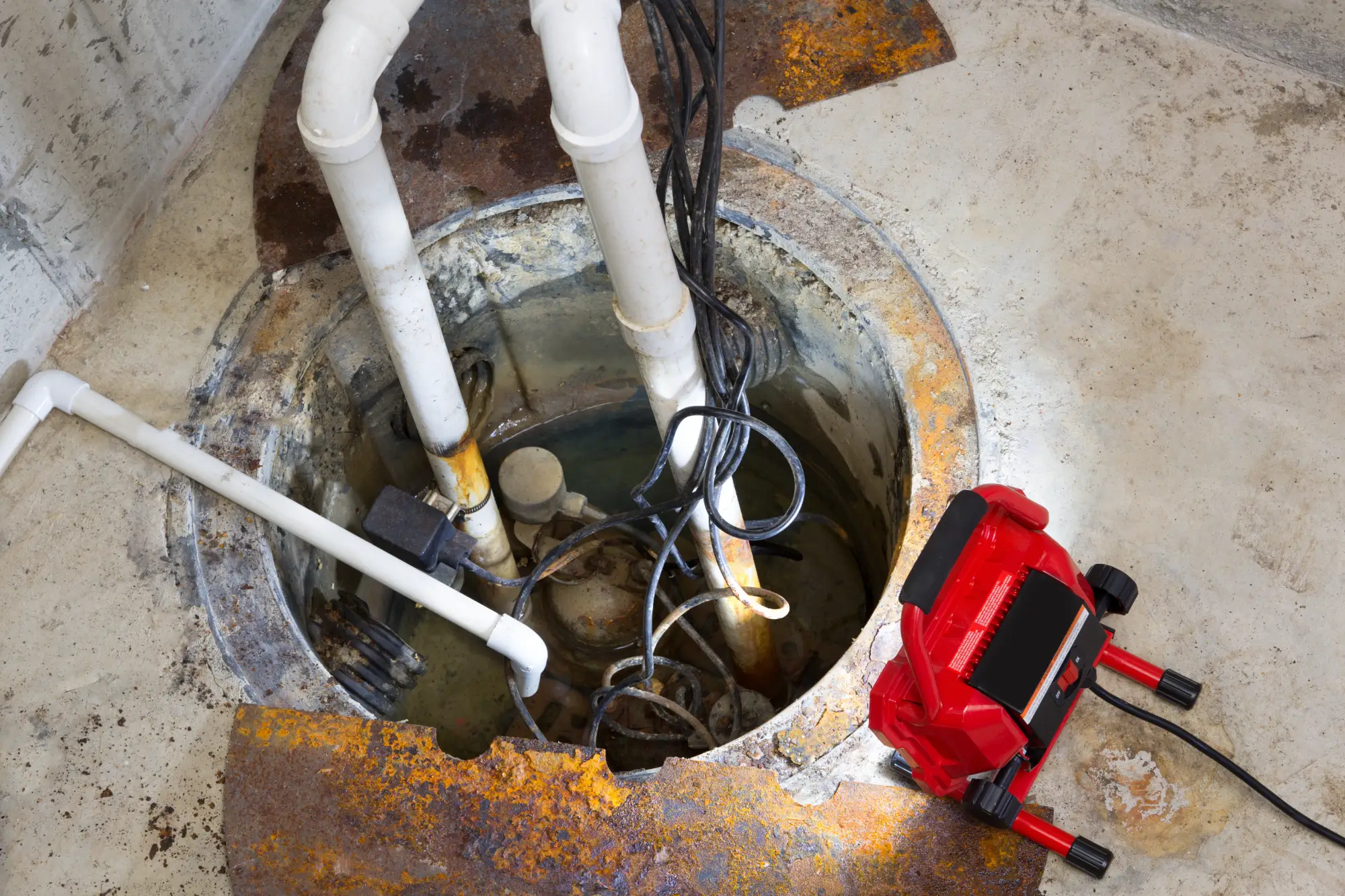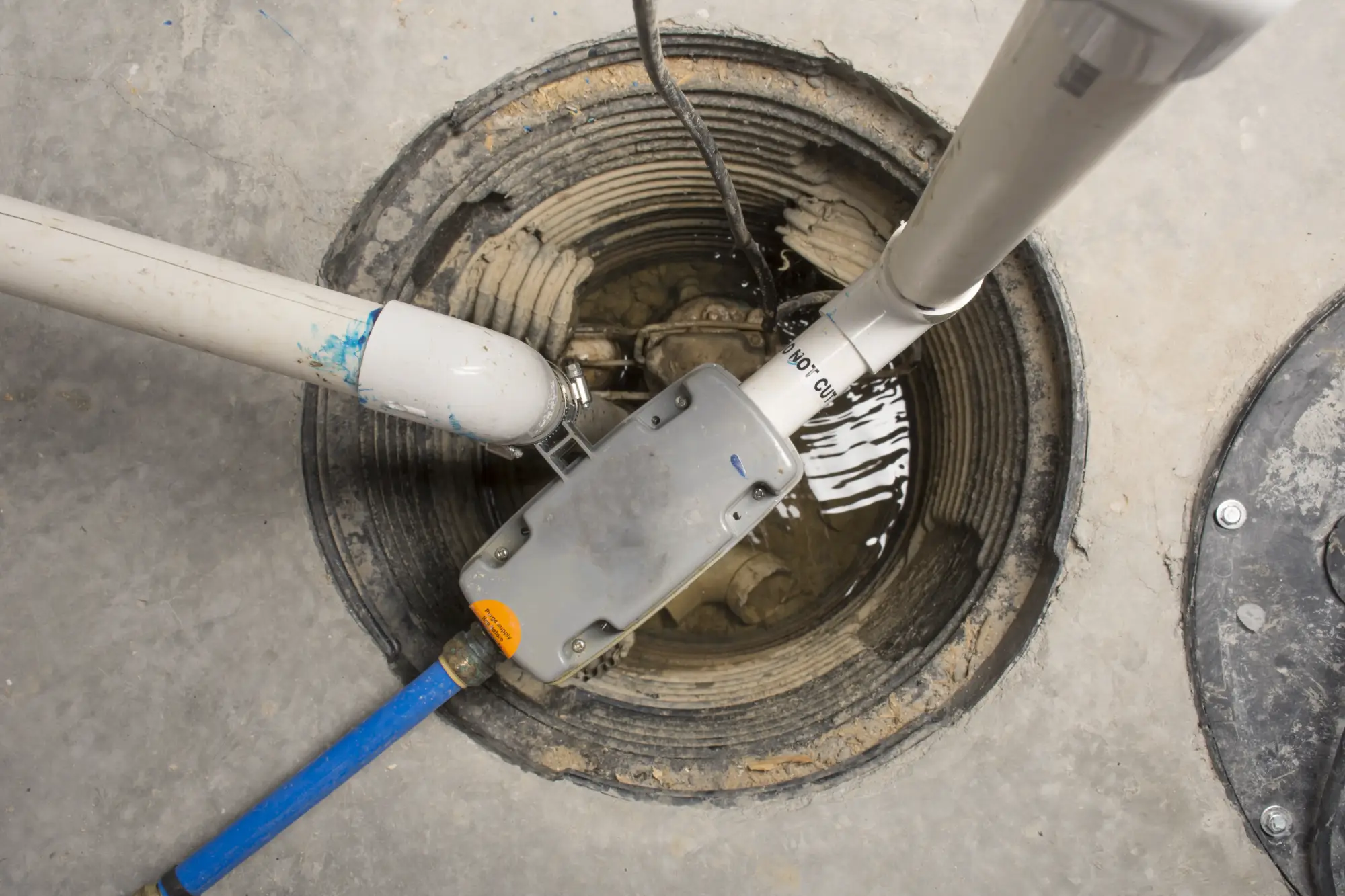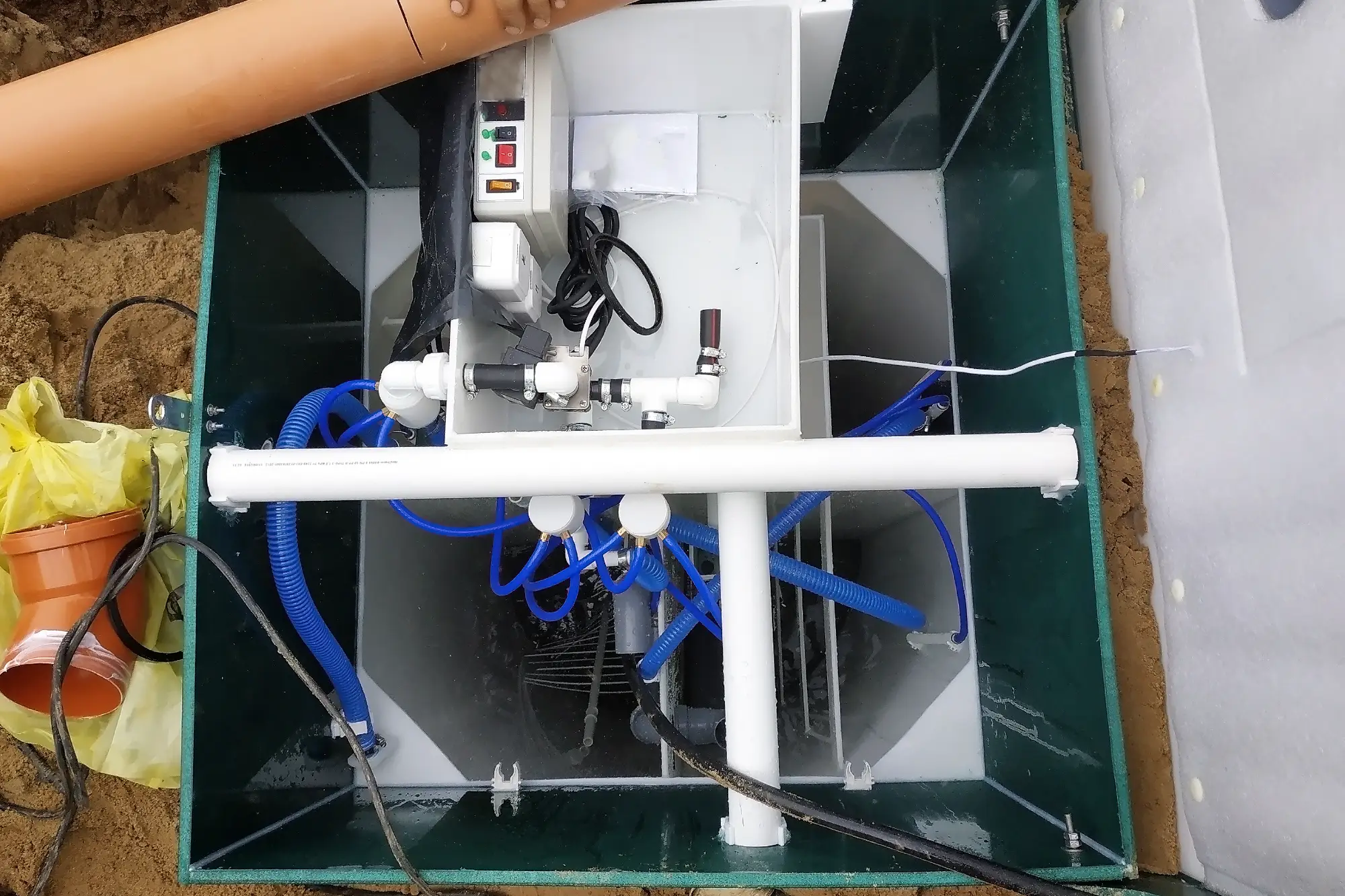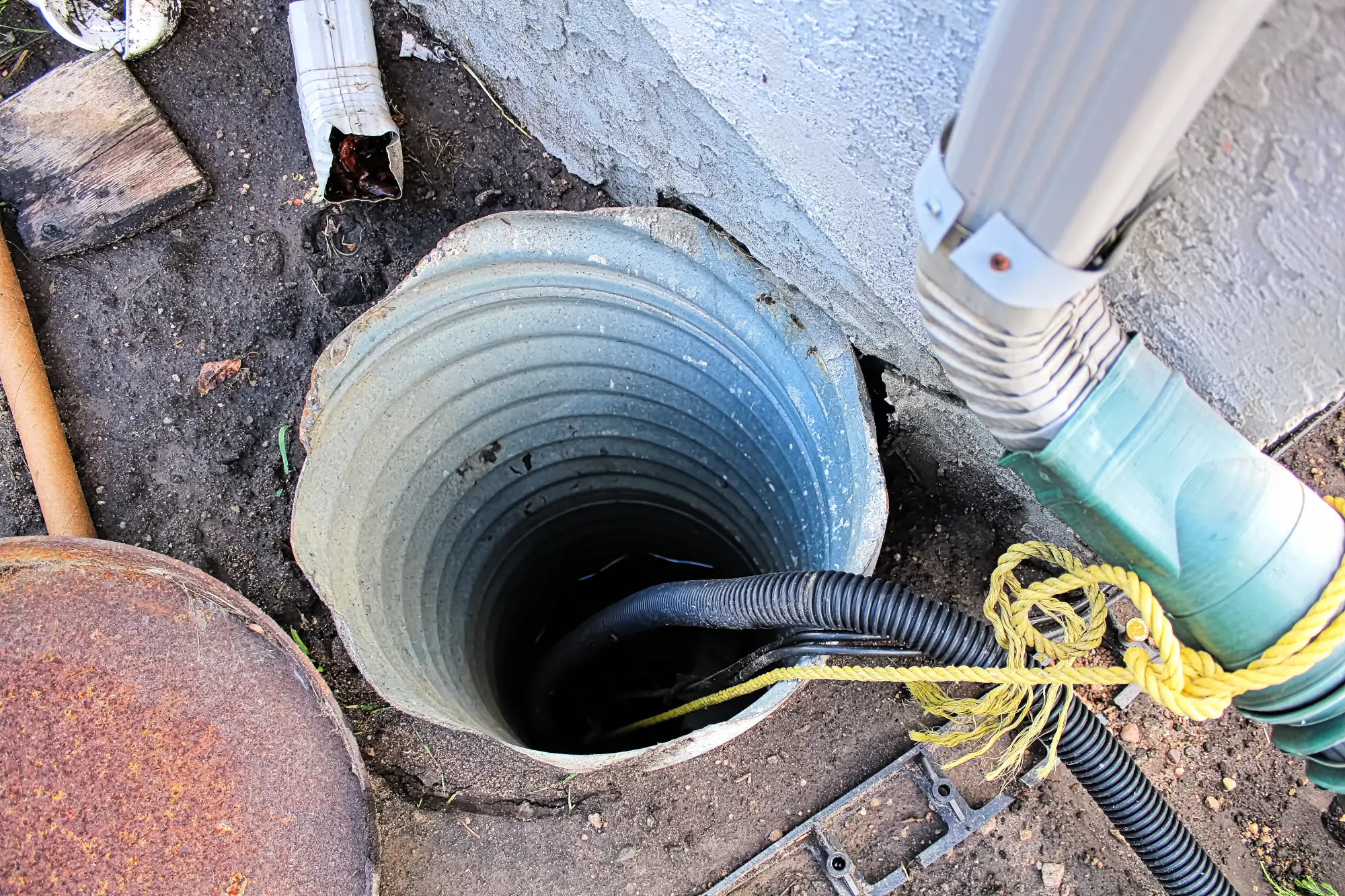Sump Pump Installation in Long Beach, NY
Stop Worrying About Your Basement Flooding
Custom sump pump systems that actually work when Long Island storms hit hardest.

Hear About Us

Reliable Basement Sump Pump Systems
You shouldn’t have to move everything upstairs every time heavy rain hits Long Beach. A properly installed basement sump pump system means you can store what you want in your basement without constantly checking weather forecasts.
The right sump pump installation does more than just remove water. It gives you actual peace of mind during nor’easters, summer storms, and those surprise downpours that seem to find every weakness in Long Island basements.
When your system works correctly, you’re not dealing with soggy cardboard boxes, ruined furniture, or that musty smell that never quite goes away. Your basement becomes usable space again, not a liability you’re always worried about.
Long Beach Sump Pump Specialists
We’ve been solving basement water problems across Nassau County for years. We understand how Long Beach’s proximity to Reynolds Channel affects water tables and why standard solutions often fail here.
Our combination of masonry expertise and waterproofing knowledge means we see the complete picture. We’re not just dropping a pump in a hole and calling it done.
When you call us, you’re working with contractors who’ve handled everything from emergency flood situations to preventive installations in brand-new homes. We know which systems hold up to Long Island’s weather patterns and which ones leave you high and dry when you need them most.

Our Sump Pump Installation Process
First, we assess your basement’s current drainage situation and water entry points. Every Long Beach home is different, and your solution needs to match your specific conditions, not some generic approach.
Next, we determine the right pump capacity and backup systems for your situation. If you’re in a flood-prone area or have experienced failures during power outages, we’ll recommend battery backup systems that actually function when you need them.
Installation involves proper pit preparation, pump positioning, and discharge line routing that won’t freeze in winter or back up during heavy volume periods. We test everything thoroughly before we leave, and we walk you through basic maintenance so you know your system is working correctly.

Ready to get started?
Explore More Services
About Diamond Masonry & Waterproofing
Get a Free Consultation
Complete Basement Protection Solutions
Your sump pump installation includes proper pit construction, high-capacity pumps rated for Long Island conditions, and discharge systems designed to handle our seasonal water volume changes. We don’t cut corners on components that need to work during emergencies.
Battery backup systems are available for homes that lose power during storms. These aren’t afterthoughts – they’re integrated systems that switch over automatically when your primary pump can’t function.
We also address common Long Beach basement issues like foundation seepage, inadequate drainage around pump areas, and discharge lines that freeze or back up. Your basement protection system needs to work as a complete unit, not just individual parts that may or may not coordinate when you need them most.

How do I know what size sump pump I need for my basement?
What happens if my sump pump fails during a storm?
How often should I replace or maintain my sump pump?
Can I install a sump pump myself or do I need professionals?
What's the difference between primary and backup sump pump systems?
How much does sump pump installation cost in Long Beach?
Local Resources
- Google Map Link
- Find the Long Beach, NY USPS
- Locate Nearby Long Beach, NY Pharmacies
- View the Current Weather in Long Beach, NY
- Long Beach, NY is located in Nassau county in New York State